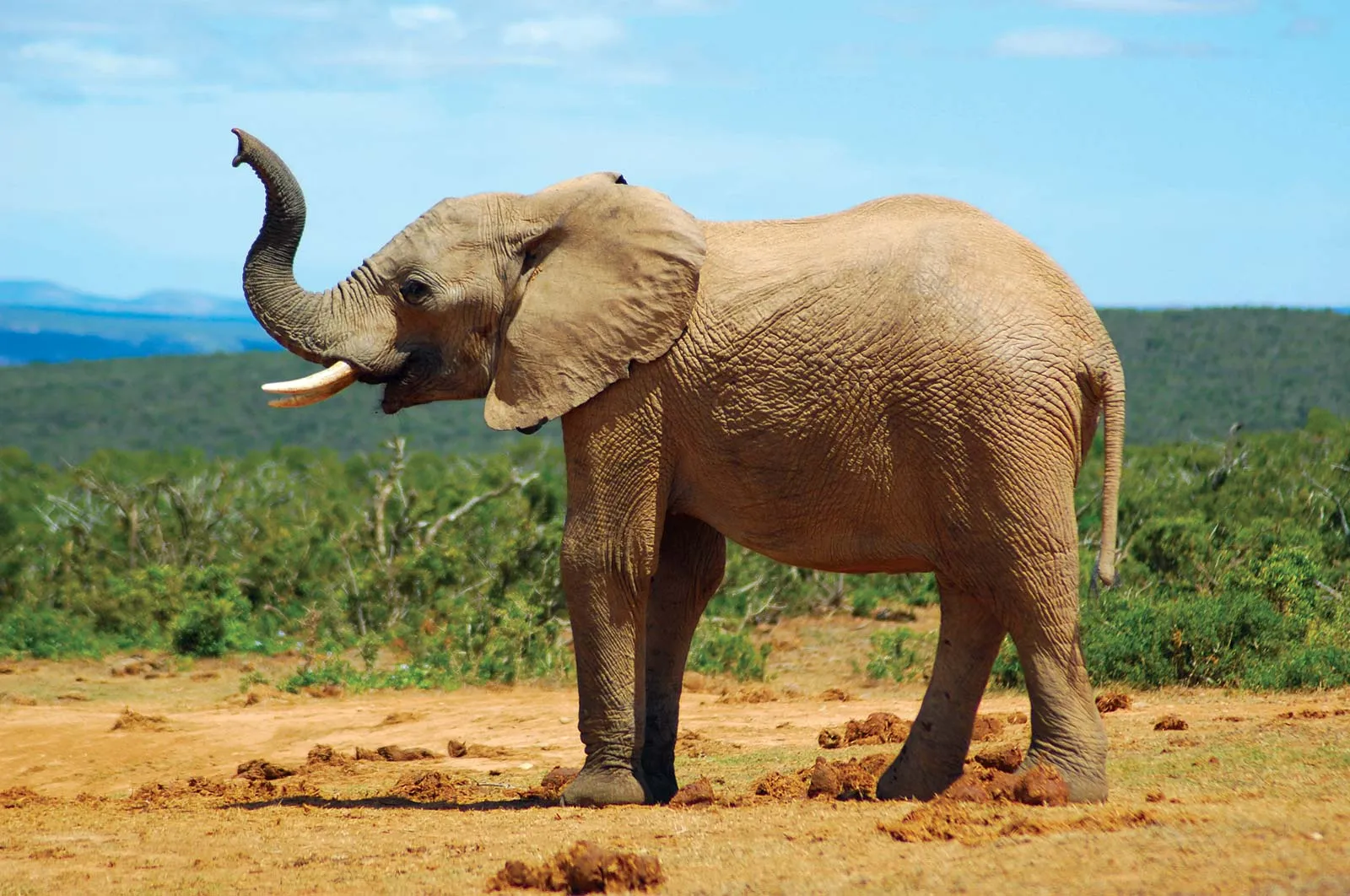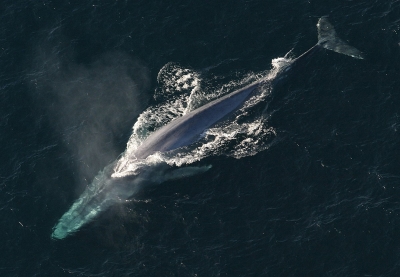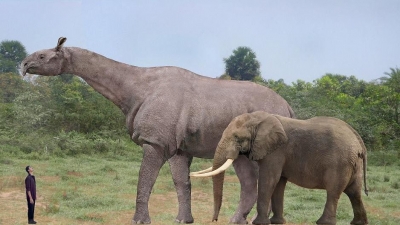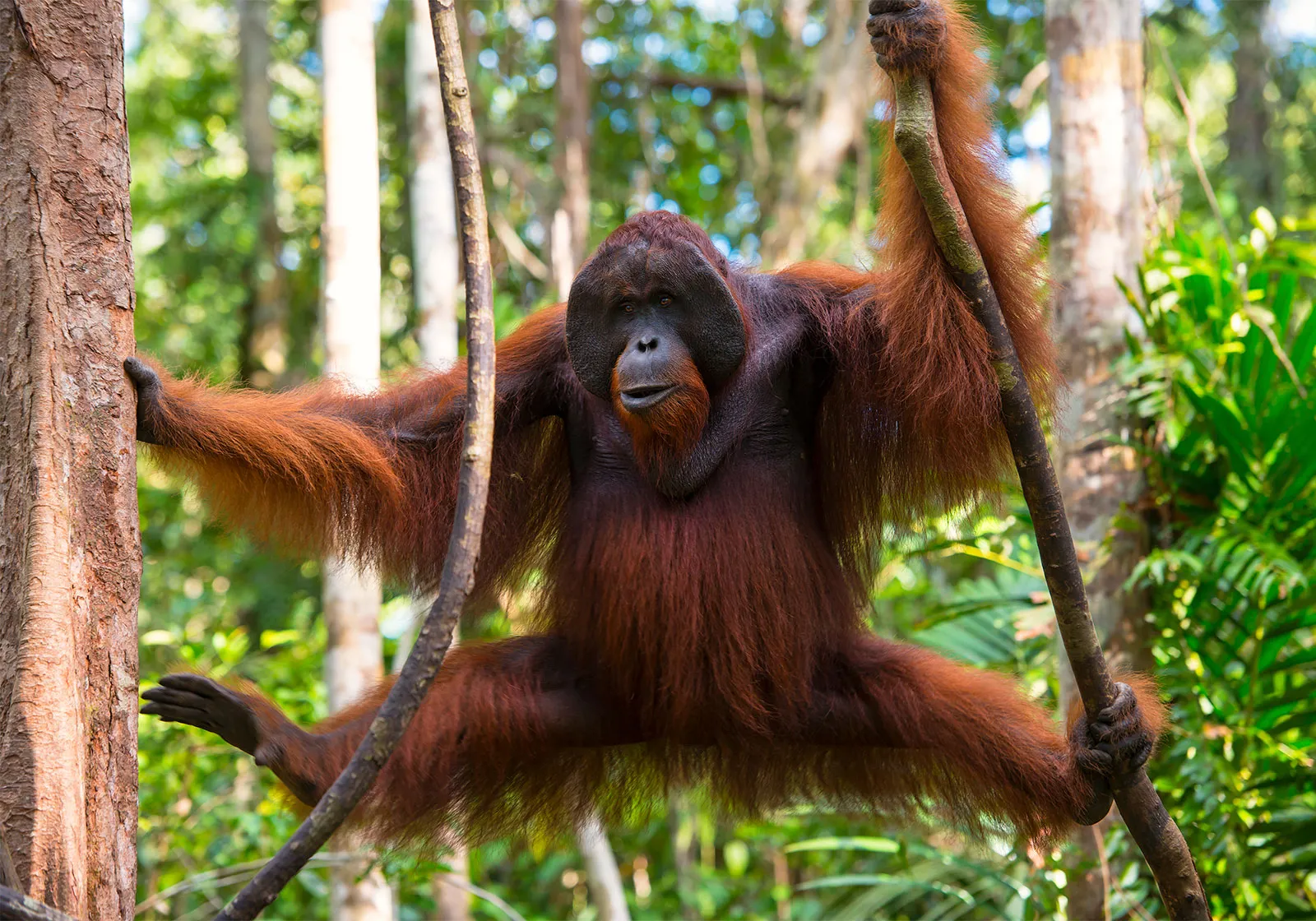WHICH IS THE TALLEST LAND MAMMAL?
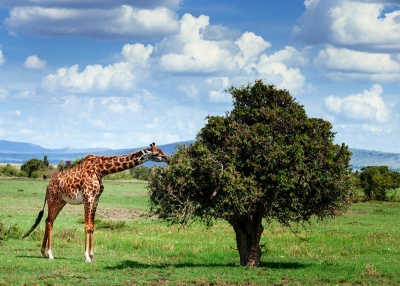
|
At most six metres in height, it is the giraffe. Almost half of the animal’s total standing height is the length of its neck. Its legs, which can be almost two metres long, contribute to most of the rest. Its height allows the giraffe to feed on the top layer of leaves on trees that other herbivores cannot reach. |
Giraffes are the tallest living land animals on earth! No one has towered over these creatures since the time of the dinosaurs. Standing at over 18 ft. tall, these creatures are long-necked and long-legged, making these lanky animals perfectly built for browsing on tall trees and branches, taking advantage of food sources other herbivores cannot. Read on to learn about the giraffe.
These tip-top creatures stand in at 18 ft. tall, with a record height for the males of 19.3 ft. They have long legs, long necks, and relatively short bodies. Their heads are topped with bony horns, and their tails are tipped with a tuft of fur.
A short mane runs down the length of their long necks, and their coat is covered with a blotched/blocky pattern. Their base color is light cream, and their spots range from dark brown to burnt orange in color.
These creatures are relatively specialized to specific habitats. Though they can survive in a number of different ecosystems they have preferences for specific types of trees. This means that they thrive in environments like savannahs and sparse woodlands. They are more common in open woodlands than they are in more dense vegetation. When food is more scarce they tend to congregate around evergreen trees and bushes.
There are a number of different subspecies (or species depending on what research you believe) spread across different regions of Africa. Some populations are quite fragmented, putting them in danger of genetic inbreeding. Some populations are found in southern Africa, eastern Africa, and a few areas of sub-Saharan Africa.
These large mammals are herbivores, which means that they primarily feed on plants. Their primary diet is the leaves of trees and bushes, but they will also eat branches, bark, twigs, and some fruit. Some of their preferred plant species are acacia, apricot, and mimosa trees. They use their long tongues to carefully pluck and strip leaves from branches.
These large mammals are social, but live in flexible groups. While they are almost always found with other members of their own species, they do not keep the same groups over long periods. Most of the time, groups will consist of all males, or all females, though mixed-sex groupings do occur. They are generally quiet and non-confrontational, though males will fight during the breeding season.
Credit : Animals.NETT
Picture Credit : Google
